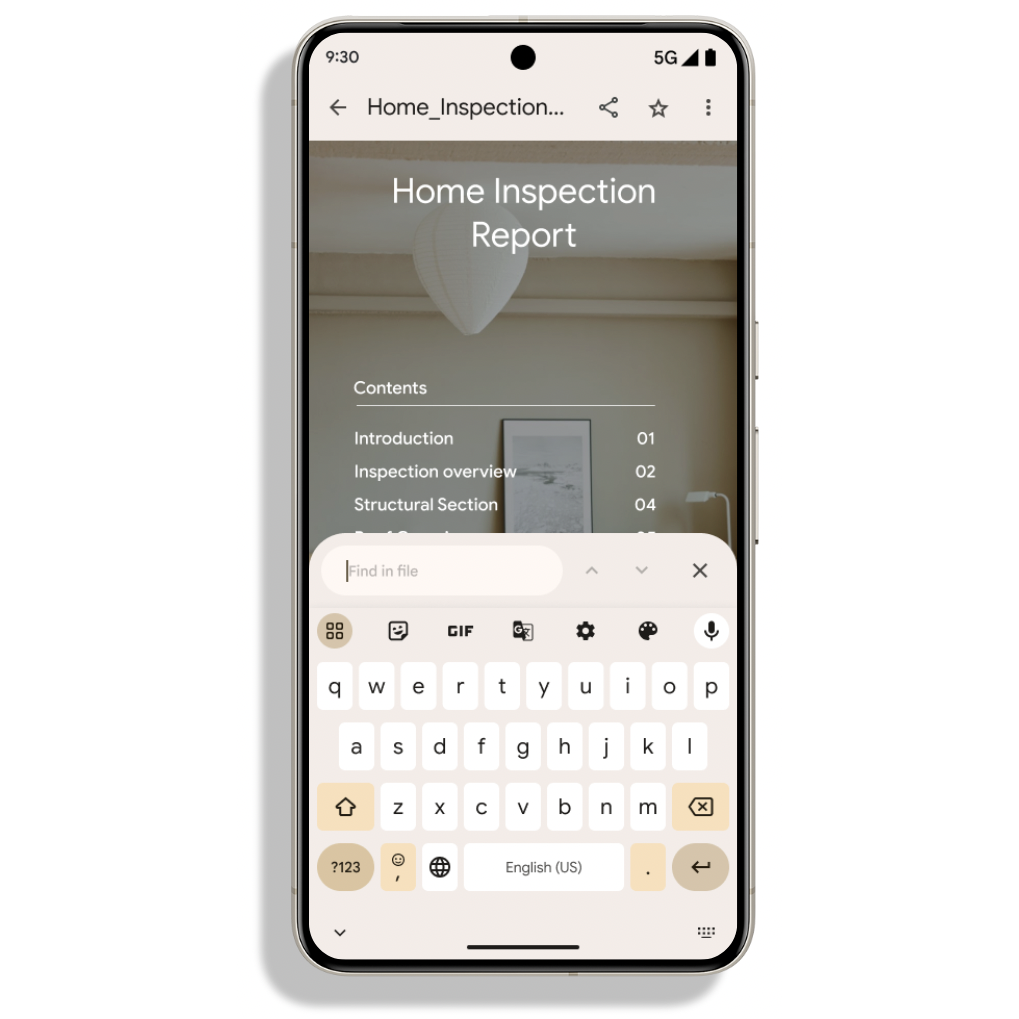Summary
- Google has released Android 15 DP2, the last scheduled developer-focused build before an open beta launches in April.
- The update includes improved satellite connectivity and new UI elements for the technology. Google has also updated the PDF reader, made enhancements to NFC functionality, included better text formatting options, and opened up app compatibility with the smaller cover screens on flip-style foldables.
- There is no OTA file with this release, so users left with soft-bricked devices after sideloading the DP1 OTA on Pixels with unlocked bootloaders will have to continue waiting for a fix.
Google starts its annual Android release cycle with Developer Preview builds intended for app makers to ready their wares ahead of an open beta program. We already knew from the Android 15 development timeline Google published alongside DP1 that there would be another dev-focused release this month before the public beta launches in April. Android 15 DP2 has now arrived, with Google highlighting some new functionality that we can all look forward to once the stable build touches down toward the end of summer.
Source: Google
After today’s build, we’re expecting four major beta versions and a handful of bugfix releases in the ensuing months, with stable Android 15 going public sometime around August 2024. It’s worth noting that last year’s Android 14 timeline was similar if not identical at first, but delays ended up pushing the stable release back to October.
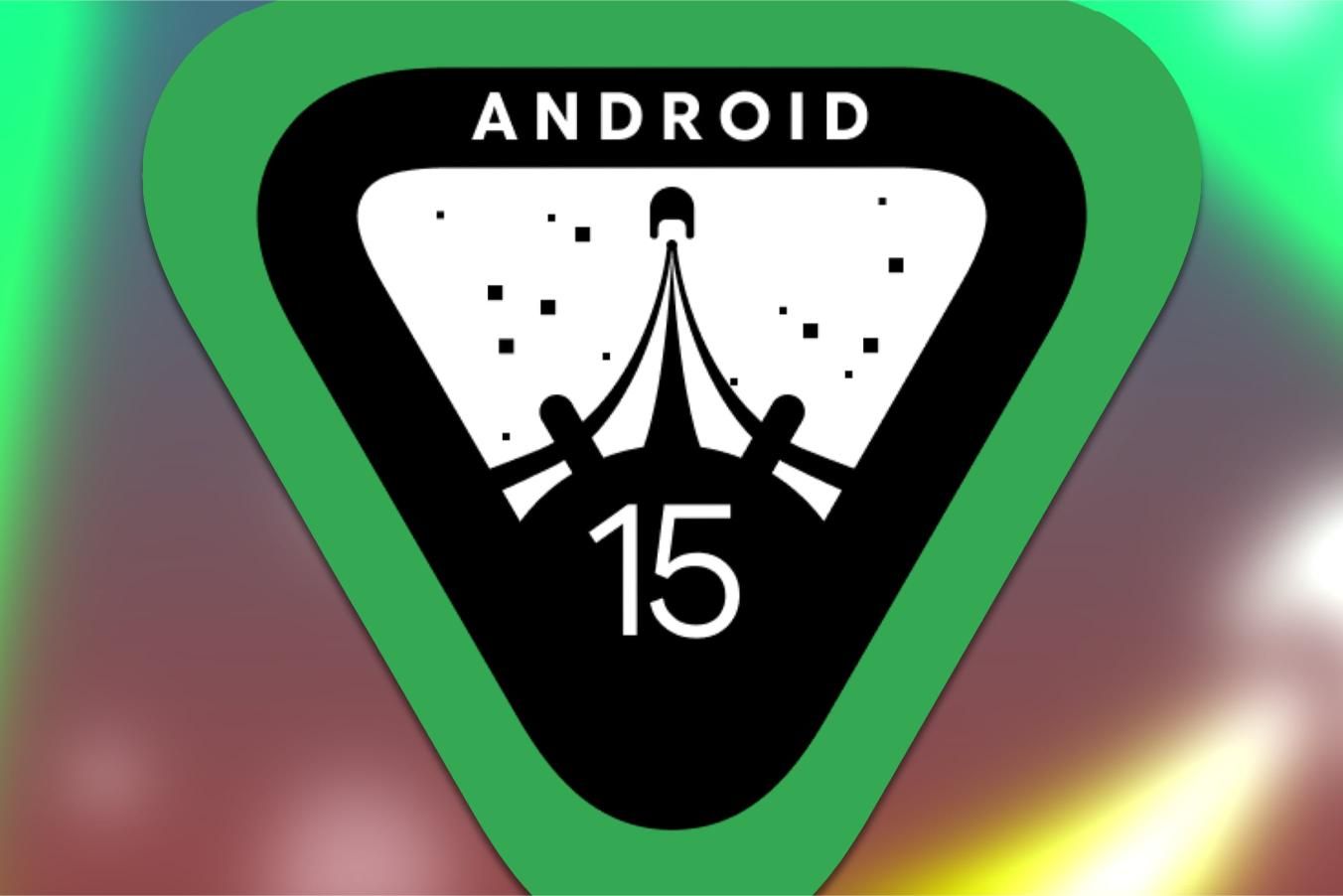
Android 15: News, timeline, and everything new
Here’s what we know about Android 15 now that the first developer preview has landed
A rundown of everything new in Android 15 DP2
With Android 15 DP2’s release, Google is highlighting some features to developers that we had already spotted in the pipeline. The company notes that satellite connectivity support is expanding and will support SMS, MMS, and RCS, and there are some new UI elements in this release to support that, such as a satellite status bar indicator and an Android System notification that lets users know when they’re connected to a satellite for data or texting. Apps can also poll a new ServiceState to know when the device is connected to a Non-Terrestrial Network (NTN).
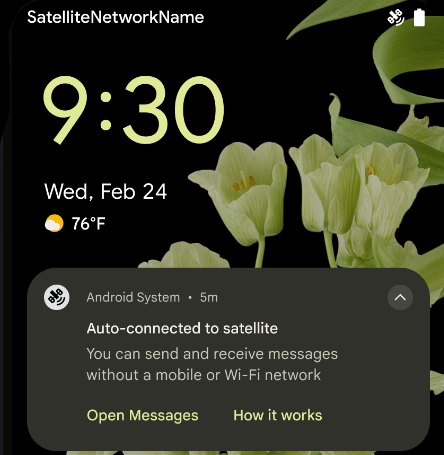
Meanwhile, DP2 includes early access to “substantial improvements” that were made to Android’s built-in PDF renderer, so apps that use this can now offer support for password-protected files, signing and filling forms, and searching and selecting words within the document. This renderer has also been moved to a Project Mainline module that can be updated via Google Play System updates rather than full OS upgrades.
Source: Google
Text is also getting an upgrade in Android 15, with apps now able to use a new <nobreak> tag in the system TextView to prevent certain words from spanning multiple lines. And in an expansion of Android 14’s multi-language tools, apps can decide whether they want automatic language switching for audio recognition to be done only at the beginning of a recording, or for a pre-set number of switches.
Apps that use NFC have also gained new functionality and are now able to ask the system to enter an “Observe mode,” where your phone will check for NFC readers ahead of the initial handshake, paving the way for faster, one-tap transactions. We’ve also learned that the NFC stack will likely be moving to a Project Mainline module for easier updates in Android 15.
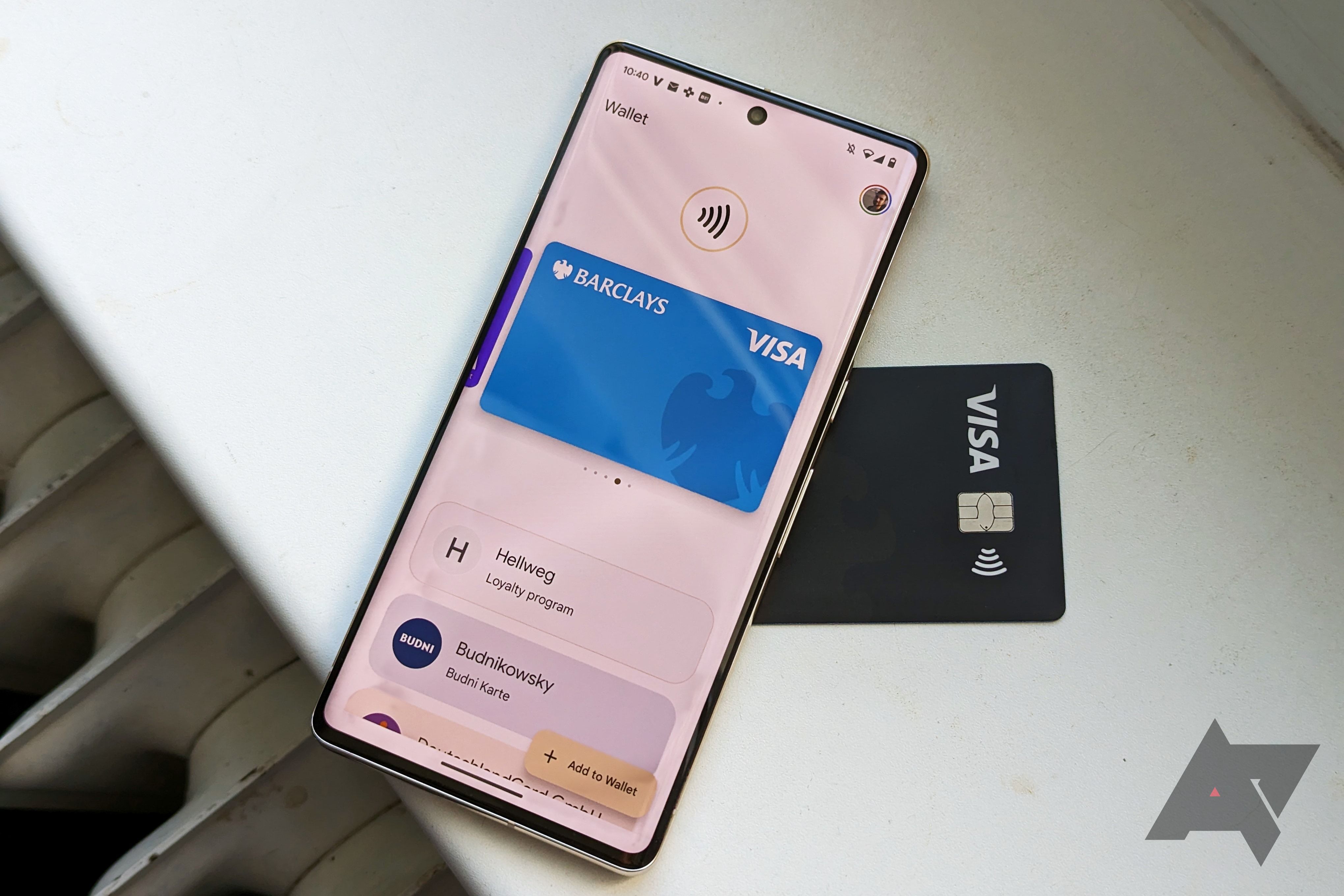
Android 15 might decouple NFC from system updates
The NFC stack could soon be updated independently of Android system updates
Finally, apps can declare a new Android 15 property that allows them to run on the smaller cover screens of flip-style foldables. Before now, OEMs needed to work directly with app makers to whitelist certain apps and activities that were compatible with the smaller outer screen, but Android 15 allows developers to declare this themselves, potentially opening the floodgates for cover screen apps on flip phones like the Moto Razr+ and Galaxy Z Flip 5.
Meanwhile, Google’s release notes for this version outline a number of fixes. As expected, most of these resolve early bugs and crashes that were reported by developers:
Top resolved issues
Android 15 Developer Preview 2 resolves the top issues that are described in the following sections and includes fixes for some issues that are not noted here.
Developer-reported issues
- Fixed an issue where the Google Play store app crashed repeatedly when a user tried to open it. (
Issue #326337522 - Fixed an issue where the package manager crashed when installing an APK from unknown sources, even if the “Install unknown apps” was enabled in system settings. (
Issue #325649649 - Fixed an issue that caused the Android System Intelligence app to crash. (
Issue #325698180 - Fixed an issue where work profile apps sometimes crashed if the device’s fingerprint reader was used. (
Issue #326093530
Other resolved issues
- Fixed an issue where an Android Virtual Device (AVD) using an Android 15 system image displayed as offline if the AVD was launched and then rebooted using adb reboot or other methods.
- Fixed an issue where the Google Play Store sometimes crashed with a null pointer exception when trying to update apps.
Still no fix for soft-bricked Pixels after the buggy DP1 OTA
Since Android 15 is still in its pre-beta phase, it cannot be installed through traditional means — you have to either flash the factory images or sideload an OTA file. Flashing factory images requires your bootloader to be unlocked, but the OTA sideload method does not — however, Google still recommends that your bootloader is unlocked if you’re sideloading an OTA, as users who experience problems with the OTA not booting could end up locked out of their phones.
This stems from security measures in Android’s recovery tool that don’t allow downgrading via sideloaded OTA, meaning you can only flash a newer build than the one that’s already installed. And if you’re unable to boot into Android to enable OEM unlocking and subsequently unlock your bootloader, you’ll be stuck on a buggy version with a phone that won’t boot until a newer version becomes available for sideloading.
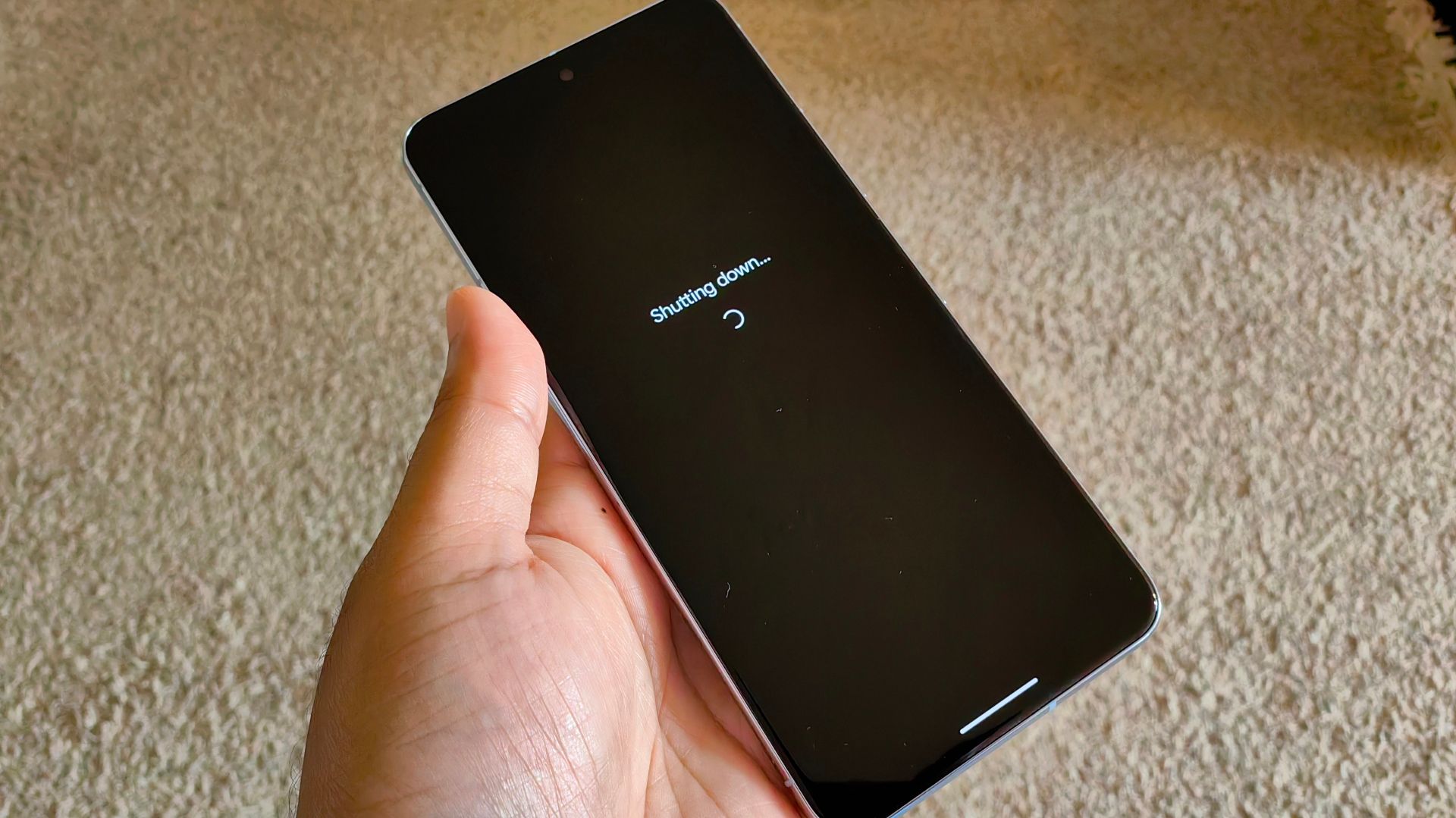
Android 15 will let you find your Pixel 8 even when it’s off
The feature could launch with the Pixel 9 and expand to older phones — just don’t hold your breath for Pixel Fold support
That’s exactly what happened to some users who opted to sideload the Android 15 DP1 OTA without first unlocking their bootloaders. These people have been left with non-functional Pixels ever since the first buggy OTA, but today’s release will not help such users get their phones up and running, as Google has stated it is “not offering sideload images for Developer Preview 2.” The company’s release notes for this version offered the following explanation and timetable for a fix:
An issue with sideloading the Developer Preview 2 build can sometimes cause the device to show a “Device is corrupted” message after sideloading is completed. Due to the potential disruption that this issue can cause, we’ve disabled downloads for full OTA images. We expect this issue to be resolved with Beta 1.
If you’re still interested in installing this version, you will need an unlocked bootloader — there’s no working around that requisite at the moment. That step and all the others are outlined in our manual installation guide, so you’ll just need that and the factory images for DP2 to get started.
Source link


